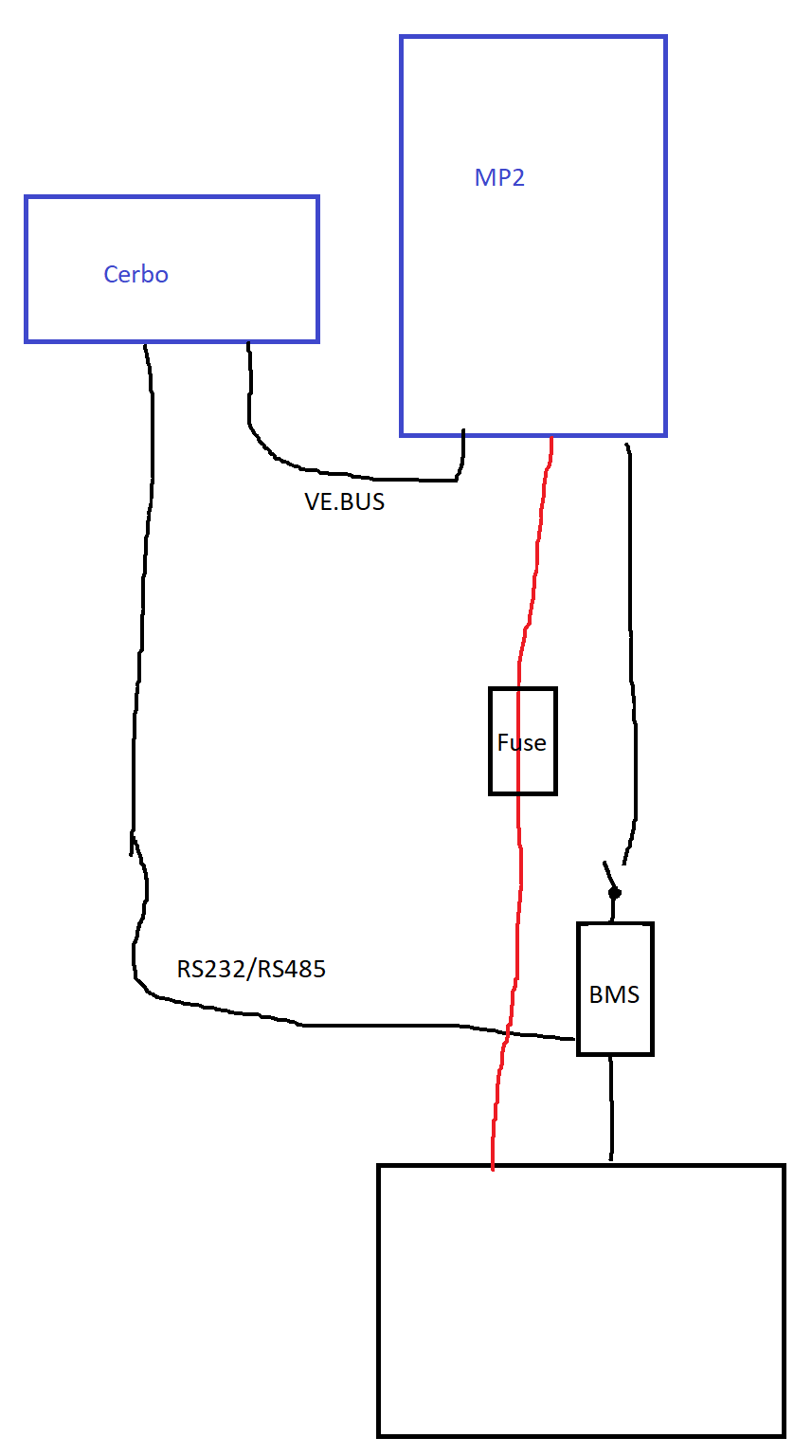Hi,
I just read Wiring Unlimited (what a good read it is) and while reading 4.5 "Switching the negative in multiple unit systems" i remembered a blog post from late 2016 (https://www.victronenergy.com/blog/2016/12/29/erm-energies-solar-powered-containerised-system/) where it seems like they have MCBs on both + and - just before the Quattros.
Is the VE.Bus isolated on the Quattros, or is the system in the blogpost just not installed correctly?
I believe this information should be added to the ESS Manual, i couldn't find anything about isolation in there.
Also, i have a vague memory that i have seen a document that describes what parts/connectors on a unit that is isolated and what is not. But i can't seem to find it, any one know what document i mean?
Kind Regards

